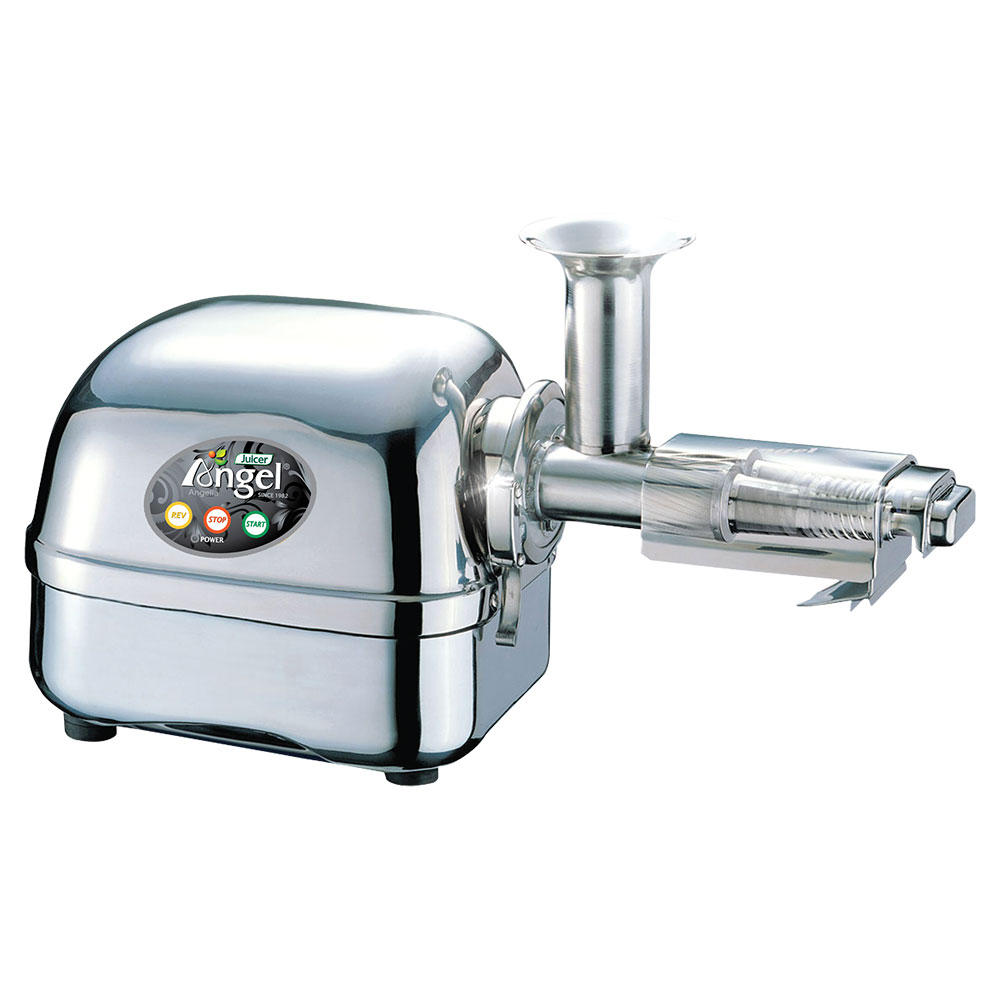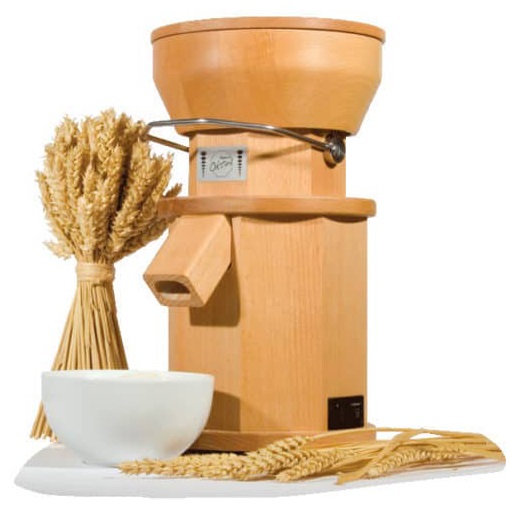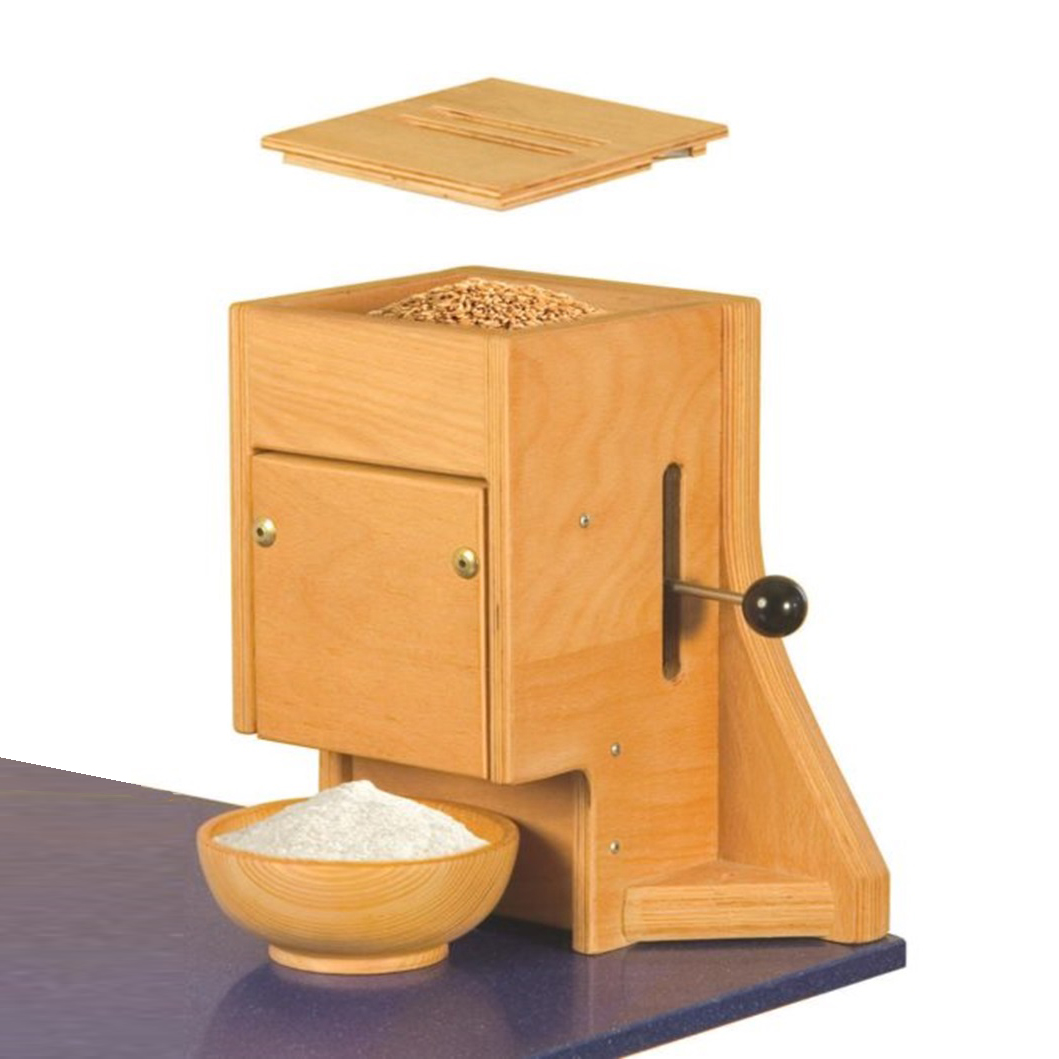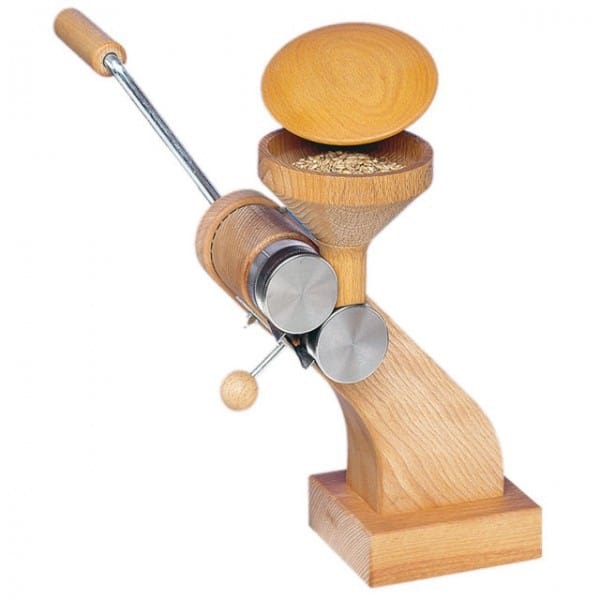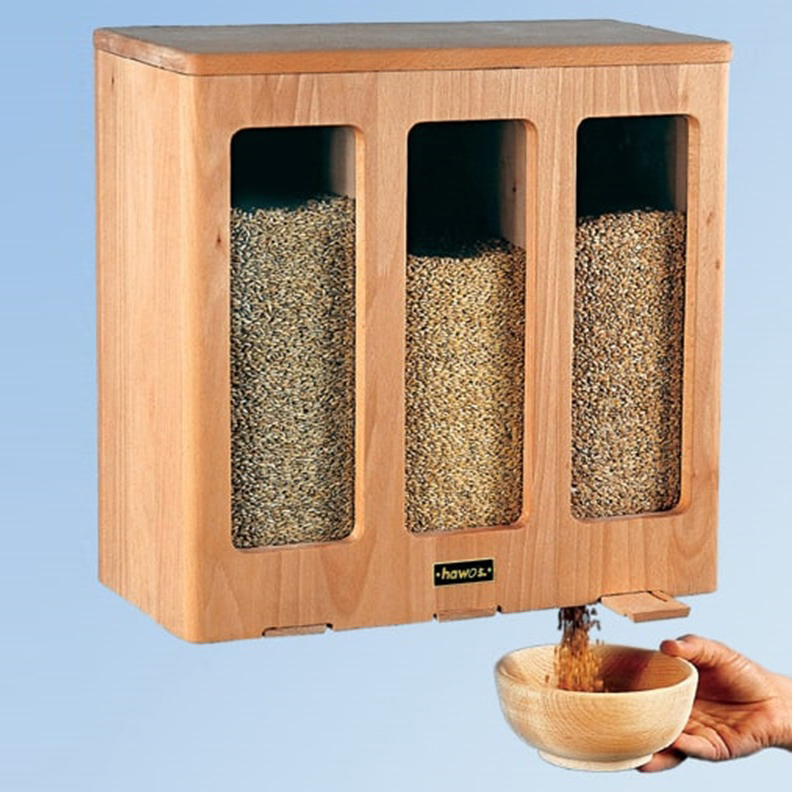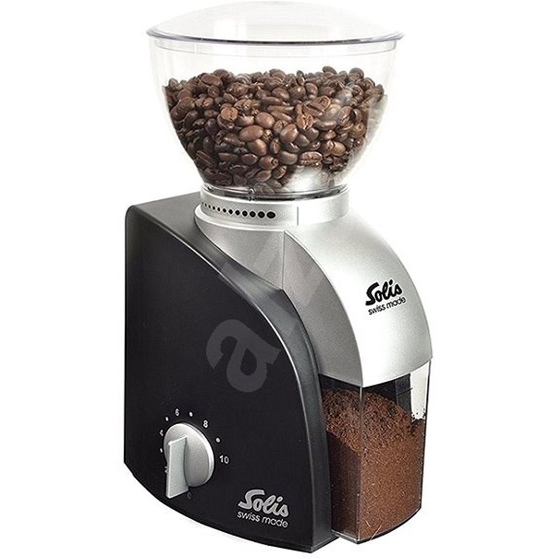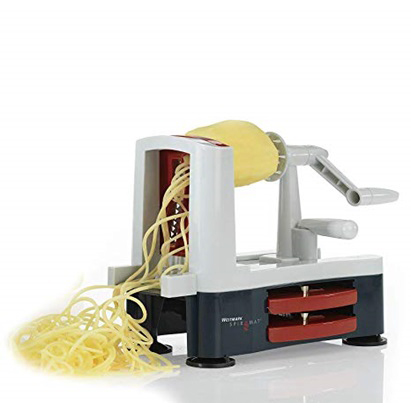Hawos Flour Mill- domestic atta chakki |domestic flour mill
Designer mill with corners and curves
The Oktagon features a new appearance from every angle. As the light hits the different angles of the housing, the solid beech surface texture shows off its natural beauty. Luminescent at times and at others in dark velvet. The interplay of the angular and curved elements creates an exciting yet equally harmonious design. In spite of its utter beauty, performance isn’t sacrificed in the least. Whether a compact Oktagon 1 or a large Oktagon 2, it is versatile and convenient to use thanks to its powerful motor and exceptionally low noise emission.

Eight sides – eight good reasons
1. Solid housing made of solid beech wood
2. A design that will bring joy for decades
3. Single-handed operation
4. Robust and powerful industrial motor
5. Corundum ceramic grinding stones with 70 mm diameter
6. Low noise development at great output speeds
7. High quality craftsmanship goes into every part
8. 5 years warranty and excellent service
If you are looking for a timeless design, combined with easy single-hand operation, you’ll love the hawos Oktini.

